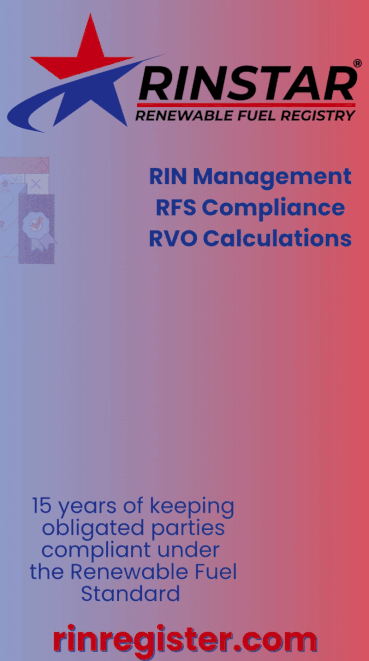NREL regional analysis can help accelerate production, delivery of SAF
- Anna Nixon, NREL
- Mar 17, 2023
- 3 min read

Made from nonpetroleum sources like waste and biomass, sustainable aviation fuel (SAF) has the potential to reduce aviation greenhouse-gas (GHG) emissions by 50 percent or more compared to fossil-derived jet fuel. The aviation industry currently produces 3 percent of total GHG emissions in the United States—equaling about 252 million tons of carbon dioxide (CO2) each year.
With the global consumption of fossil-derived jet fuels expected to more than double by 2050, the National Renewable Energy Laboratory is committed to accelerating the decarbonization of this industry.
Arpit Bhatt, an NREL chemical engineer, is passionate about making SAF a realistic alternative to fossil-derived jet fuel. When Bhatt and his colleagues at NREL observed a gap in knowledge of how regional variables work together to affect SAF production and delivery for individual airports across the country, they got to work.
“Previous studies have looked individually into either the technoeconomic analysis, lifecycle assessment, resource assessment, or policies impacting SAF production,” Bhatt said. “But none of them actually looked into the synergistic effects of all these different performance variables that could hinder or help the deployment of SAF at a regional scale.”
Regional SAF preflight checklist
Bhatt explained that the path to SAF will look different for every airport.
“The availability of feedstocks and the use of jet fuel vary across different locations,” Bhatt said. “It is very important to do a regional analysis across the entire supply chain to understand the impacts.”
To help SAF take off, the research team performed a regional analysis of airports to develop tailored SAF strategies. Results can help airports understand and plan for their unique conditions and inform stakeholder groups like aircraft manufacturers, airlines, policymakers, fuel blending/refining companies, farmers, researchers, and agricultural companies.
The study appears in the paper “Evaluation of Performance Variables to Accelerate the Deployment of Sustainable Aviation Fuels at a Regional Scale,” published in the journal Energy Conversion and Management. The paper examines the effects of the following performance variables on SAF production and deployment:
Feedstock availability near airports
Cost of SAF production
Process conversion technology
Reduction in lifecycle GHG emissions compared to fossil-derived jet fuel
Infrastructure compatibility for storing SAF at or near airports
Policies and incentives affecting SAF production
Case study: Chicago O’Hare International Airport
Bhatt and his colleagues put the regional analysis to the test in a case study evaluating one of the country’s top consumers of jet fuel—Chicago O’Hare International Airport (ORD). The researchers chose ORD for the focus of this case study due to its high passenger count, jet-fuel consumption, and nearby feedstock availability.
Researchers have found the preliminary results encouraging. Resources are available within 200 miles of ORD to displace up to 55 percent of the airport’s current fossil-derived jet fuels with SAF. Doing so could be an environmentally friendly choice for the global transportation hub—producing SAF can result in up to an 86 percent reduction in lifecycle GHG emissions compared to conventional jet-fuel production. Additionally, ORD can blend SAF with conventional jet fuel using existing infrastructure.
The case study considered three ASTM-approved SAF pathways based on regional resource availability and technology maturity:
Hydroprocessed esters and fatty acids synthetic paraffinic kerosene (HEFA-SPK)
Fischer-Tropsch synthetic paraffinic kerosene (FT-SPK)
Alcohol-to-jet (ATJ) synthetic paraffinic kerosene (ATJ-SPK)
SAF is cleared for takeoff
The use of SAF will be essential in achieving net-zero carbon emissions by 2050 and meeting additional goals outlined in the federal government’s SAF Grand Challenge Roadmap.
Support for SAF technologies has come from all corners of the aviation industry and beyond in recent years. Government agencies are developing policies and incentives for using renewable fuels, a U.S. airplane manufacturer is investing in SAF production and distribution facilities, and multiple major U.S. airlines are determined to use SAF to meet their decarbonization goals.
“It is very exciting to see how much momentum the topic of SAF has gained in recent years,” Bhatt said. “SAF has numerous advantages, especially when it comes to the environment and decarbonizing the aviation sector. Several different organizations agree that SAF is a primary alternate solution in the short and medium term.”
Bhatt also pointed out that SAF can help passengers do their part to help the environment. “As people are leaning toward living a more sustainable life and are more conscientious of their carbon footprint, I am sure they will love to know that the aircrafts they are flying are fueled with SAF that emits significantly less GHG emissions.”


































